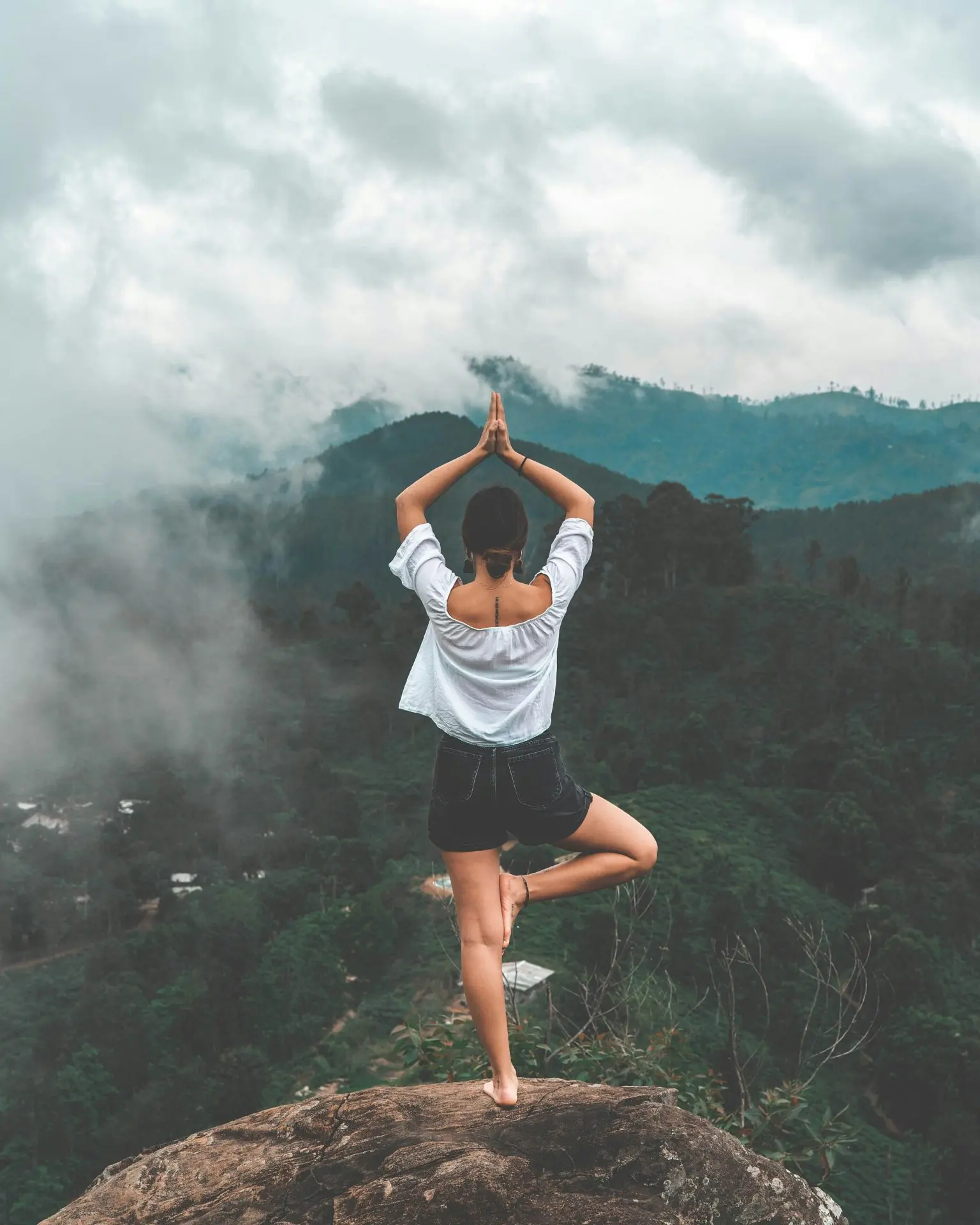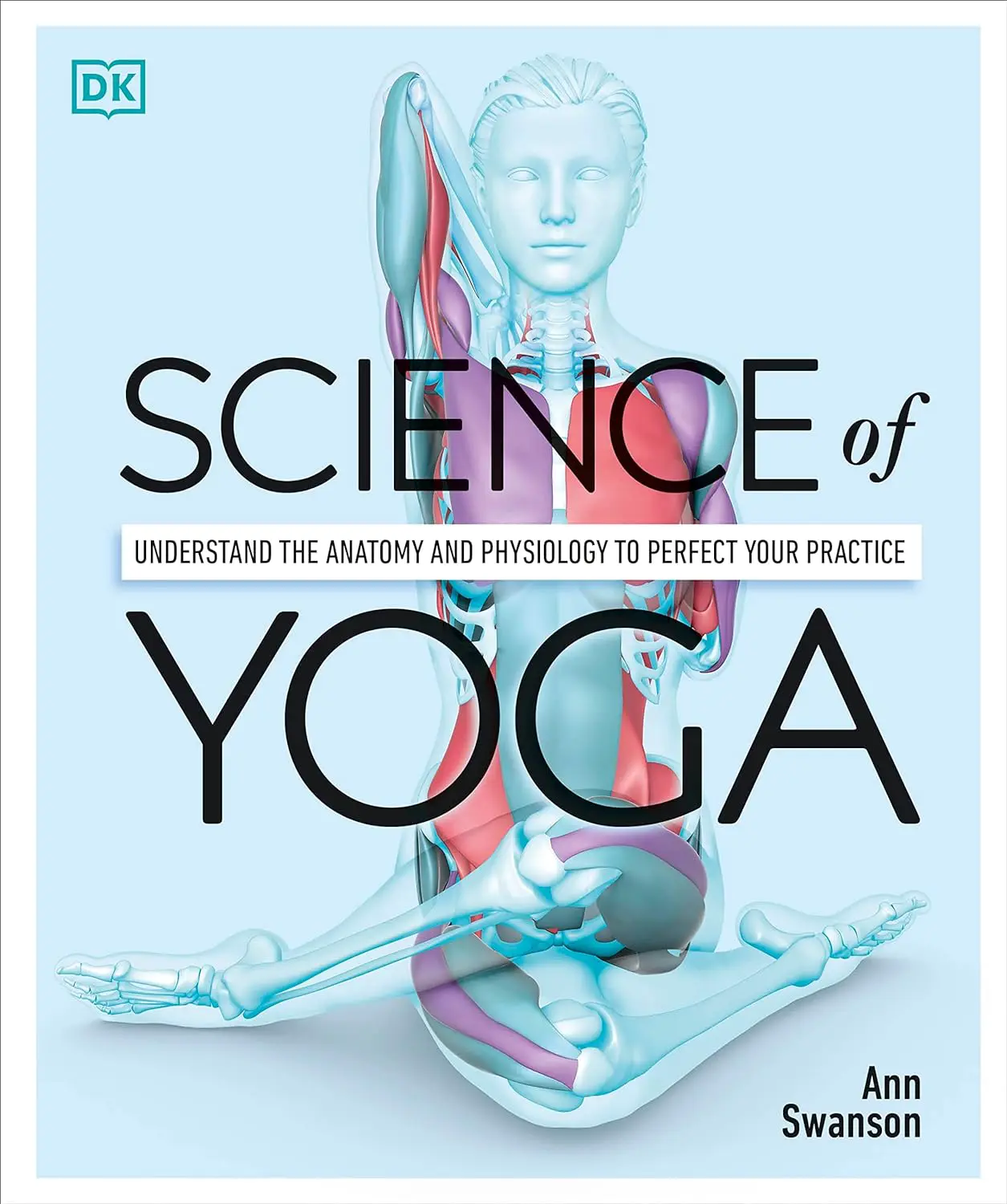Pranayama Techniques for Mindfulness

Looking for more amazing products? Check out our online store and explore our collection here! Happy shopping!
Before diving in, please note: This post is for informational purposes only. If you’d like to know more about how we approach topics, feel free to check out our friendly Disclaimer Page.
Hey there, amazing readers! 
We’re committed to delivering quality posts, and your support (even just sticking around despite the ads) means everything to us. So, bear with us, and thanks for helping us keep the good vibes rolling. Now, on to the fun stuff!
TRANSLATE BUTTON AT THE END OF THE ARTICLE
A Quick Overview
Pranayama is an ancient practice originating from India that focuses on controlling the breath to improve one’s overall well-being.
It is a key component of yoga and mindfulness practices, helping individuals cultivate a deeper sense of awareness and presence.
By incorporating pranayama techniques into your daily routine, you can enhance your mindfulness, reduce stress, and promote mental clarity.
In this article, we will explore the various pranayama techniques for mindfulness, their benefits, and how you can integrate them into your life.
What is Pranayama?
Pranayama, derived from the Sanskrit words “prana” (life force) and “ayama” (extension), is a practice that involves breath control.
It is believed that by manipulating the breath, one can influence the flow of prana in the body, leading to improved physical, mental, and emotional health.
Pranayama techniques range from simple breathing exercises to more advanced practices that involve specific breath patterns and retention.
The goal of pranayama is to harmonize the body and mind, creating a sense of balance and inner peace.
Benefits of Mindfulness
Mindfulness is the practice of being fully present in the moment, without judgment or distraction.
When combined with pranayama techniques, mindfulness can have a profound impact on your overall well-being.
Some benefits of mindfulness include:
Reduced stress and anxiety
Improved focus and concentration
Enhanced self-awareness
Greater emotional regulation
Increased empathy and compassion towards others
By incorporating pranayama techniques for mindfulness, you can cultivate these benefits and experience a deeper connection to yourself and the world around you.
Importance of Breathing
Breath is a fundamental aspect of life, yet it is often taken for granted.
The way we breathe can have a significant impact on our physical and mental health.
Deep, mindful breathing can help calm the nervous system, reduce inflammation in the body, and improve oxygen flow to the brain.
By paying attention to your breath and practicing pranayama techniques, you can tap into the power of your breath to promote relaxation, mental clarity, and overall well-being.
Types of Pranayama
There are various types of pranayama techniques that cater to different needs and goals.
Some popular pranayama practices include:
Nadi Shodhana (Alternate Nostril Breathing): Helps balance the body’s energy channels and promotes relaxation.
Ujjayi Pranayama (Victorious Breath): Involves breathing deeply through the nose with a slight constriction in the throat, creating a soothing sound.
Kapalabhati (Skull Shining Breath): Involves rapid, forceful exhalations followed by passive inhalations to cleanse the body and energize the mind.
These are just a few examples of the many pranayama techniques available.
It’s essential to explore different practices and find the ones that resonate with you and your goals.
Techniques for Beginners
If you’re new to pranayama and mindfulness practices, starting with simple breathing exercises can be beneficial.
Here are some techniques that are suitable for beginners:
Deep Belly Breathing: Place one hand on your chest and the other on your belly.
Inhale deeply through your nose, allowing your belly to rise as you fill your lungs with air.
Exhale slowly through your mouth, drawing your navel towards your spine.
4-7-8 Breathing: Inhale through your nose for a count of 4, hold your breath for a count of 7, and exhale through your mouth for a count of 8.
Repeat this cycle several times to promote relaxation.
Box Breathing: Inhale for a count of 4, hold your breath for a count of 4, exhale for a count of 4, and hold your breath for a count of 4.
This technique can help calm the mind and body.
By practicing these simple techniques regularly, you can lay a strong foundation for more advanced pranayama practices.
Advanced Pranayama Practices
For those looking to deepen their pranayama practice, there are advanced techniques that can challenge both the body and mind.
Some advanced pranayama practices include:
Sitali Pranayama (Cooling Breath): Involves inhaling through a rolled tongue or puckered lips to create a cooling sensation in the body.
Bhastrika Pranayama (Bellows Breath): A vigorous breath practice that involves forceful inhalations and exhalations to increase energy and vitality.
Surya Bhedana (Right Nostril Breathing): Involves breathing only through the right nostril to stimulate the body and mind.
These advanced practices should be approached with caution and guidance from an experienced teacher to ensure safety and effectiveness.
Mindfulness and Meditation
Pranayama techniques are often used in conjunction with mindfulness meditation to deepen one’s practice.
By combining breath awareness with meditation, individuals can cultivate a profound sense of presence and awareness.
Mindfulness meditation involves observing the breath, body sensations, thoughts, and emotions without attachment or judgment.
This practice can help individuals develop greater clarity, focus, and emotional resilience.
Setting Up a Pranayama Practice
Creating a dedicated space for your pranayama practice can help set the tone for a mindful experience.
Here are some tips for setting up a pranayama practice area:
Choose a quiet and comfortable space where you won’t be disturbed.
Decorate your space with calming elements such as candles, incense, or flowers.
Use a cushion or yoga mat to sit comfortably during your practice.
Play soft music or nature sounds to enhance the ambiance.
Set aside a specific time each day for your pranayama practice to establish a routine.
By creating a sacred space for your practice, you can deepen your connection to the breath and cultivate a sense of mindfulness.
Mindful Breathing Exercises
Incorporating mindful breathing exercises into your daily routine can help you stay grounded and present throughout the day.
Here are some simple exercises you can try:
Morning Breathing: Start your day with a few minutes of deep breathing to set a positive tone for the day ahead.
Breath Awareness: Throughout the day, take moments to pause and observe your breath.
Notice the quality of your breath and how it changes with different emotions or situations.
Mindful Walking: Practice walking meditation by coordinating your steps with your breath.
Focus on each inhalation and exhalation as you move.
These exercises can help you stay connected to the present moment and cultivate a sense of mindfulness in your daily life.
Incorporating Pranayama in Daily Life
Practicing pranayama techniques doesn’t have to be limited to a specific time or place.
You can incorporate breathwork into your daily activities to stay mindful and centered.
Here are some ways to incorporate pranayama in your daily life:
Breath Breaks: Take short breaks throughout the day to practice deep breathing and reset your mind and body.
Breath Counting: Count your breaths during moments of stress or anxiety to promote relaxation and clarity.
Mindful Eating: Practice mindful breathing before meals to cultivate gratitude and awareness around eating.
By integrating pranayama techniques into your daily routine, you can nurture a sense of mindfulness and presence in all aspects of your life.
Common Mistakes to Avoid
When practicing pranayama techniques for mindfulness, it’s essential to be mindful of common mistakes that can hinder your progress.
Some mistakes to avoid include:
Forcing the Breath: Avoid forcing your breath or straining your body during pranayama practices.
Let the breath flow naturally and gently.
Skipping Warm-Up: Always start with gentle warm-up exercises before diving into more advanced pranayama practices to prepare your body and mind.
Ignoring Discomfort: Listen to your body and mind during pranayama practices.
If you experience discomfort or pain, adjust your practice or seek guidance from a teacher.
By being aware of these common mistakes, you can ensure a safe and effective pranayama practice that supports your mindfulness journey.
Seeking Guidance from Experts
If you’re new to pranayama techniques or looking to deepen your practice, seeking guidance from experienced teachers can be invaluable.
A knowledgeable teacher can offer personalized instruction, feedback, and support to help you navigate the complexities of pranayama and mindfulness practices.
Additionally, attending workshops, retreats, or classes led by experts in the field can provide a deeper understanding of these ancient practices and enhance your overall experience.
Final Words
In conclusion, incorporating pranayama techniques for mindfulness into your daily routine can have transformative effects on your mental, emotional, and physical well-being.
By exploring different pranayama practices, setting up a dedicated practice space, and incorporating mindful breathing exercises into your daily life, you can cultivate a deeper sense of awareness, presence, and peace.
Remember to approach these practices with an open mind, patience, and self-compassion as you embark on your journey towards greater mindfulness and inner harmony.

The Enlightenment Journey is a remarkable collection of writings authored by a distinguished group of experts in the fields of spirituality, new age, and esoteric knowledge.
This anthology features a diverse assembly of well-experienced authors who bring their profound insights and credible perspectives to the forefront.
Each contributor possesses a wealth of knowledge and wisdom, making them authorities in their respective domains.
Together, they offer readers a transformative journey into the realms of spiritual growth, self-discovery, and esoteric enlightenment.
The Enlightenment Journey is a testament to the collective expertise of these luminaries, providing readers with a rich tapestry of ideas and information to illuminate their spiritual path.
Our Diverse Expertise
While our primary focus is on spirituality and esotericism, we are equally passionate about exploring a wide range of other topics and niches 

To ensure we provide the most accurate and valuable insights, we collaborate with trusted experts in their respective domains 
Our blog originally focused on spirituality and metaphysics, but we’ve since expanded to cover a wide range of niches. Don’t worry—we continue to publish a lot of articles on spirituality! Frequently visit our blog to explore our diverse content and stay tuned for more insightful reads.
Hey there, amazing reader! 
Check out our store here and take a peek at some of our featured products below! Thanks for being awesome!












